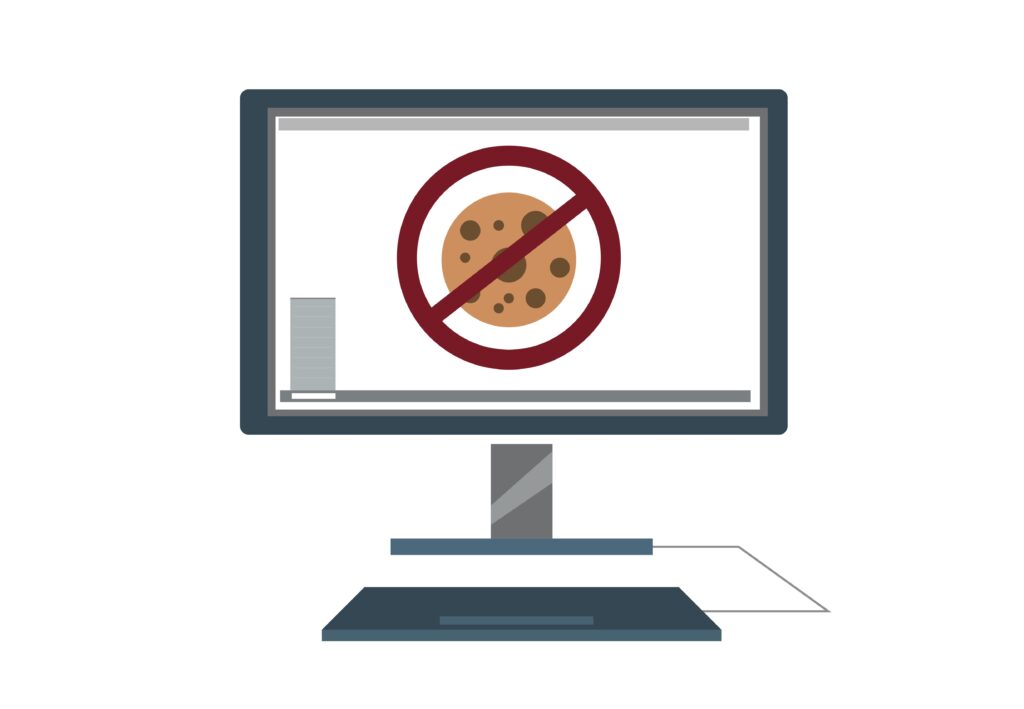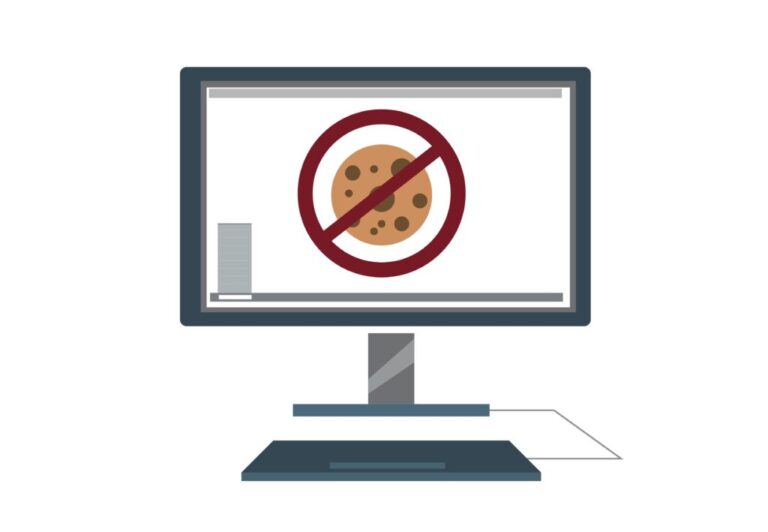
Most B2B marketers rely on third-party cookies for targeting and retargeting purposes. But in 2024, cookies will finally become less valuable as the last major cookie user, Google Chrome, disables them.
When the idea of eliminating cookies first emerged nearly seven years ago, many marketers, including myself, were horrified. But over time, Google Chrome continued with cookies, making it easy for B2B marketers to forget about cookie depreciation altogether. Despite Apple's discontinuation of cookies several years ago, many people block cookies in their browsers, and even though there are alternatives such as first-party data and universal IDs, many B2B marketers still rely on cookies.
But that's all about to change, and you should be ready to be cookie-free by the end of this year. My impression is “Finally!” Why am I not upset about it? Because I'm ready and B2B marketers are in a great position to actually be able to gracefully move away from cookies.
There are many effective and efficient ways marketers can create unique brand experiences for their target audience and reach them in a personal way without relying on cookies. It all comes down to the balance between data, go-to-market strategy, and system processes.
Here are five things B2B marketers can do now to succeed in a cookie-free world.
1. Find cookies
B2B marketers need to audit all marketing activities. Now is the time to review your current processes and tools that currently rely on third-party cookies. Flag the things that are most important to achieving your marketing goals and tackle them first. Identify and consult with vendors and partners who are participating in those processes. Some of the vendors marketers work with have already introduced new solutions, such as LiveRamp's Ramp ID and Tradedesk's UID 2. Marketers must ensure that new strategies do not create risks and begin testing alternatives. For those partners who don't have a good cookieless solution, it's time to start looking for alternatives using internal functionality or other partners.
2. Review your data strategy
First-party data can and should play a bigger role in marketing going forward. Marketers should review their data strategies and pay particular attention to understanding how first-party data is collected and used. Marketers need to plan what information to collect, where to collect it, and whether the data in those systems is opt-in.
First, you need to comply with current regulations such as CCPA and GDPR. It's important to always be transparent in your privacy statement and follow best practices. Second, the data must be updated and of high quality. Missing information or duplicate data can make it difficult to trust.
Data must also be accessible. If it takes him a week to be able to use the data to launch a campaign, that's a missed opportunity. Marketing tools need ready access to your company's information in order to deliver customized, relevant, and engaging messages to your customers and prospects. Integration across platforms and teams is key.
3. Be customer-centric
A consistent, data-driven marketing strategy revolves around real-time customer data and insights. Marketers need to focus on prospects and customers that are important to growth. It's important to capture signals such as what they study, what channels they prefer, and what their rhythm is like.
The good news is that as many business buyers move their activities online, more things can be measured, and information can be collected and used to drive more relevant marketing. It's becoming more and more important. The market is best served by focusing on organic and chatbot strategies to gain insights and engage effectively on the site. For marketers, it's important to tag content so they can collect information about what people are consuming and use that data to drive future experiences.
By capturing these insights, marketers can create experiences that drive conversions and increased value. This process is not about acquiring cheap leads and spamming them all with the same message. The key is to build trust and relationships and learn from every interaction. Marketers must serve the market by continually refining and optimizing the experience.
4. Consider contextual targeting
When cookie targeting was cheap and easy, say six or seven years ago, B2B marketers tended to prefer that approach over anything else. But cookies are no longer cheap and easy, and contextual targeting is becoming much more effective, and it's coming at just the right time. Research shows that targeting ads based on the context of surrounding content can be highly effective.
Your options for contextual targeting are more expansive than ever. B2B marketers can show up where prospects are researching online. Also, more people are researching more things online. Additionally, advances such as deep learning and AI are making contextual targeting scalable far beyond the obvious set of websites that B2B marketers have in mind.
5. Measures accordingly
Changes in data and marketing strategies mean that measurement methods need to change as well. A marketer needs to think not only about how to set her KPIs and goals for the specific channels that are most effective (such as programmatic advertising), but also how that ripples through the entire marketing process. there is. As more first-party data is collected, all marketing becomes more accurate and relevant, reducing the need to generate so many leads, upsells, and can improve your ability to close leads.
With the right measurements in place, B2B marketers can create a positive cycle that not only tests and learns, but also reinforces what works best.
Prepare for a cookie-free future
B2B marketers are in a position to not only seamlessly transition away from cookies, but also explore new strategies that ultimately lead to growth. More advanced profiling and gated content may become popular again as marketers try new tactics to collect data from potential customers. Now is the time for marketing teams to come together and recognize new, less invasive ways to interact with their target customers.
Nikki Candito is Vice President of Integrated Marketing at Anteriad.


